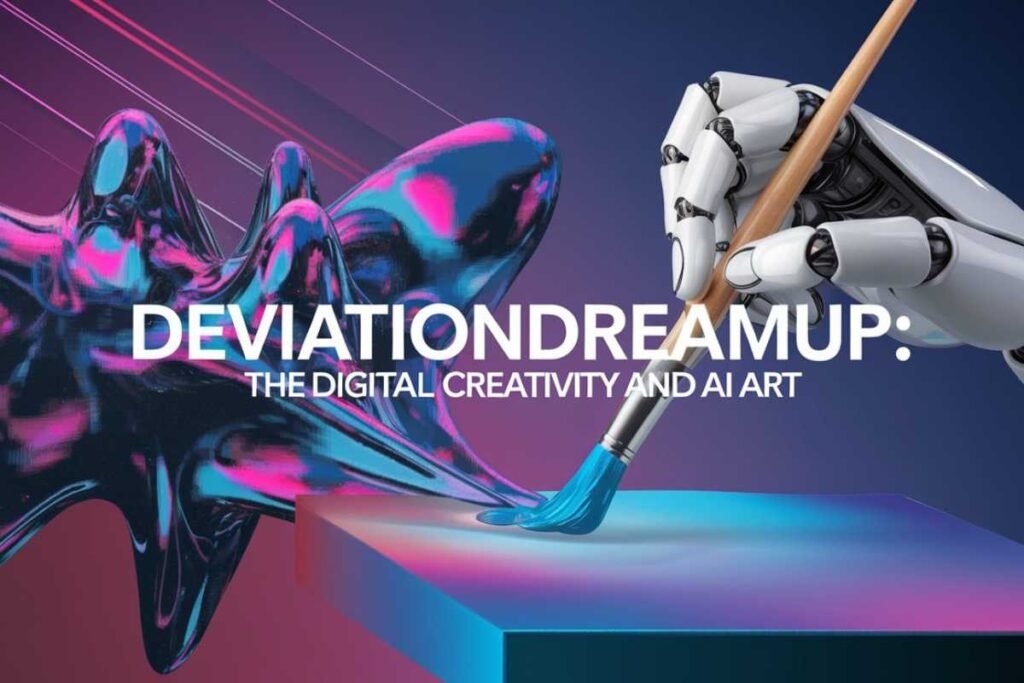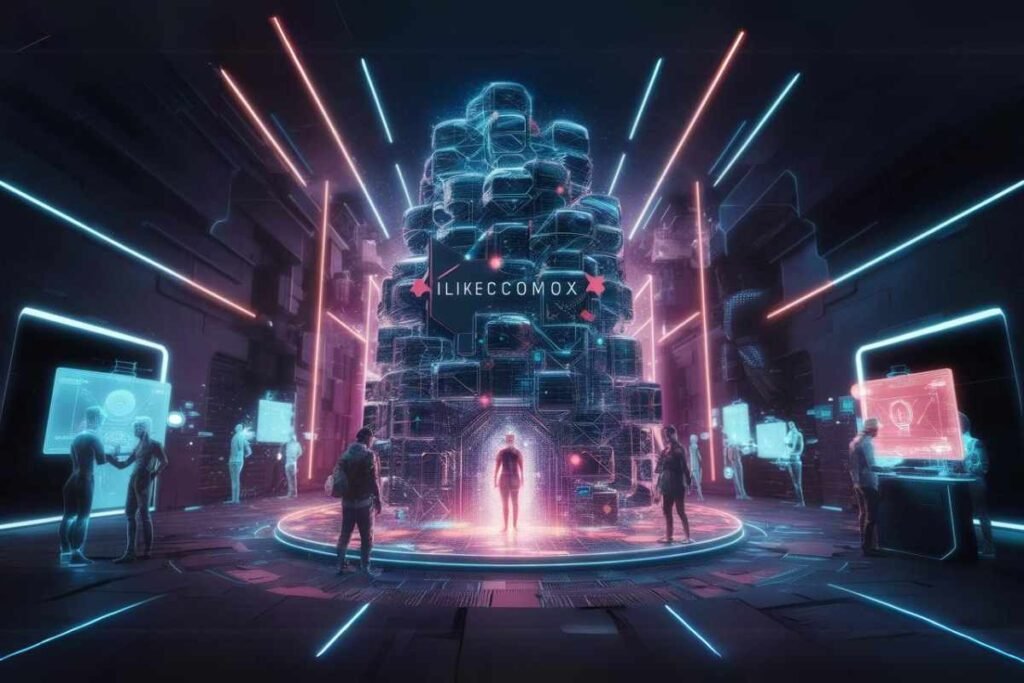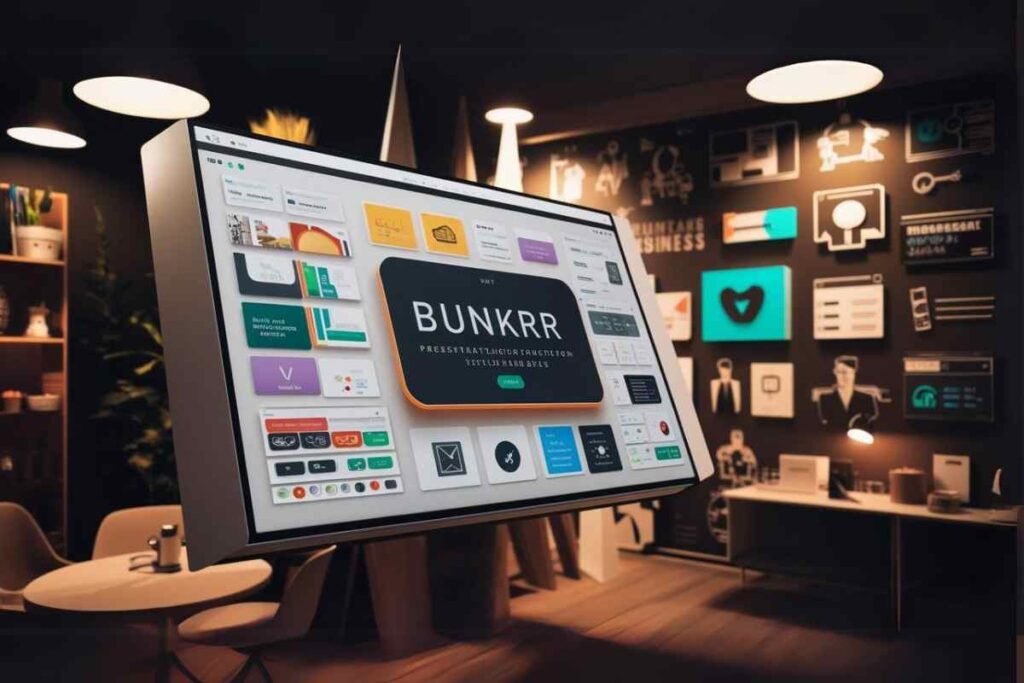Table of Contents
In today’s tech-driven world, DeviationDreamUp is revolutionizing digital creativity by merging AI with human imagination.
This AI-powered platform empowers both professional artists and curious creators, offering an accessible and exciting way to explore new artistic possibilities.
In this article, we’ll dive into what DeviationDreamUp is, how it works, its key benefits, and why it’s stirring such excitement across various industries.
What is DeviationDreamUp?
DeviationDreamUp is an AI art generator that enables users to create stunning visual pieces from text prompts.
By using sophisticated machine learning models, the platform interprets user-written descriptions and turns them into high-quality, unique images.
The tool is designed for all kinds of users whether you’re an experienced artist looking for new creative tools or a newcomer wanting to explore the realm of digital art.
In essence, Deviation DreamUp democratizes art creation by giving everyone the ability to craft visually compelling works, regardless of their technical skill set.
How Does DeviationDreamUp Work?
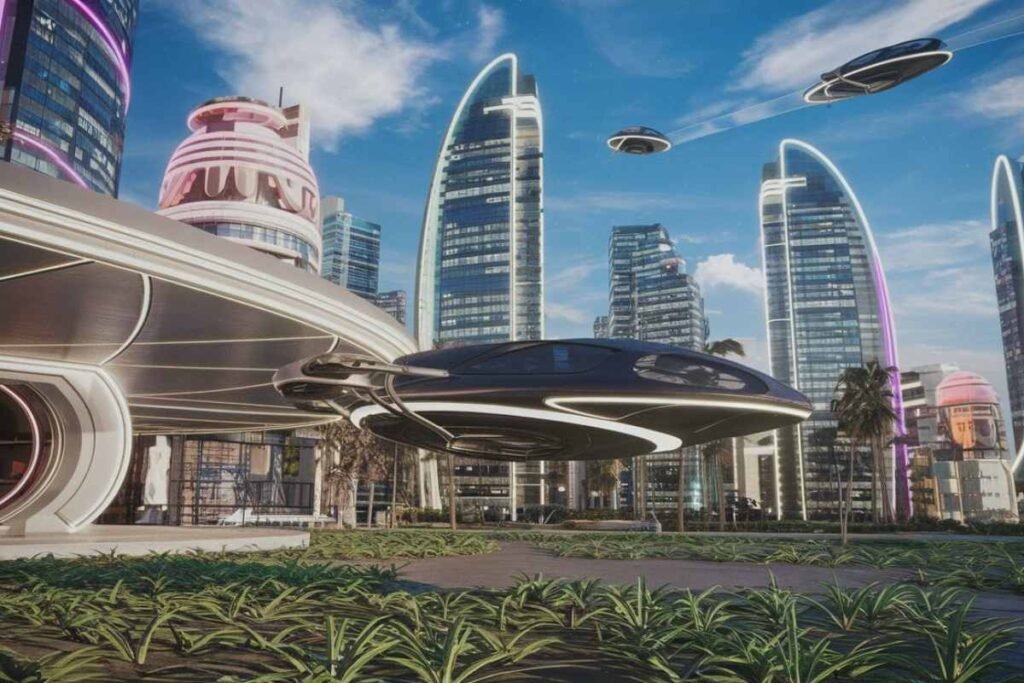
At its core, DeviationDreamUp uses natural language processing (NLP) and advanced image generation techniques to interpret text descriptions and convert them into artwork.
Here’s a simple breakdown of how the platform works:
Text Input
Users provide a detailed description of the image they want to create. This could include elements such as style, colors, composition, and specific themes.
AI Analysis
The system analyzes the text input using NLP to identify key visual components, themes, and relationships within the description.
Image Generation
DeviationDreamUp’s AI, powered by Generative Adversarial Networks (GANs), generates an image based on the text prompt.
GANs consist of two neural networks one that creates images and one that evaluates them, constantly pushing each other to produce high-quality results.
Refinement
Users can then adjust parameters like style, mood, or composition to fine-tune the image.
Final Output
The platform produces a high-resolution image that can be used as-is or further edited.
This process allows users to quickly transform their ideas into visuals without needing extensive artistic knowledge or experience.
Why DeviationDreamUp is Changing the Game
Accessibility and Democratization of Art
One of the most groundbreaking aspects of DeviationDreamUp is its ability to make art accessible to everyone.
Traditional art tools often require years of practice to master, but with Deviation DreamUp, anyone can create visually compelling images by simply describing their idea.
This democratization of creativity opens up new opportunities for individuals who may have imaginative ideas but lack the technical skills to bring them to life.
Speed and Flexibility for Professionals
Professional artists, designers, and content creators can also benefit from Deviation DreamUp’s ability to quickly generate images based on their prompts.
This feature is particularly useful for brainstorming sessions and concept art. Instead of spending hours sketching out ideas, artists can instantly visualize multiple variations and explore new creative directions.
DeviationDreamUp can speed up workflows by allowing professionals to quickly prototype concepts, experiment with styles, and generate ideas they may not have otherwise considered.
Innovation in AI and Human Collaboration
At the intersection of AI and creativity, DeviationDreamUp pushes the boundaries of what’s possible. While AI-generated art may still feel new, platforms like this one are proving that AI can be a powerful partner in the creative process, augmenting human imagination rather than replacing it.
By blending the precision of machine learning with human input, Deviation DreamUp challenges our traditional notions of authorship, collaboration, and the future of art.
Getting Started: A Simple Guide
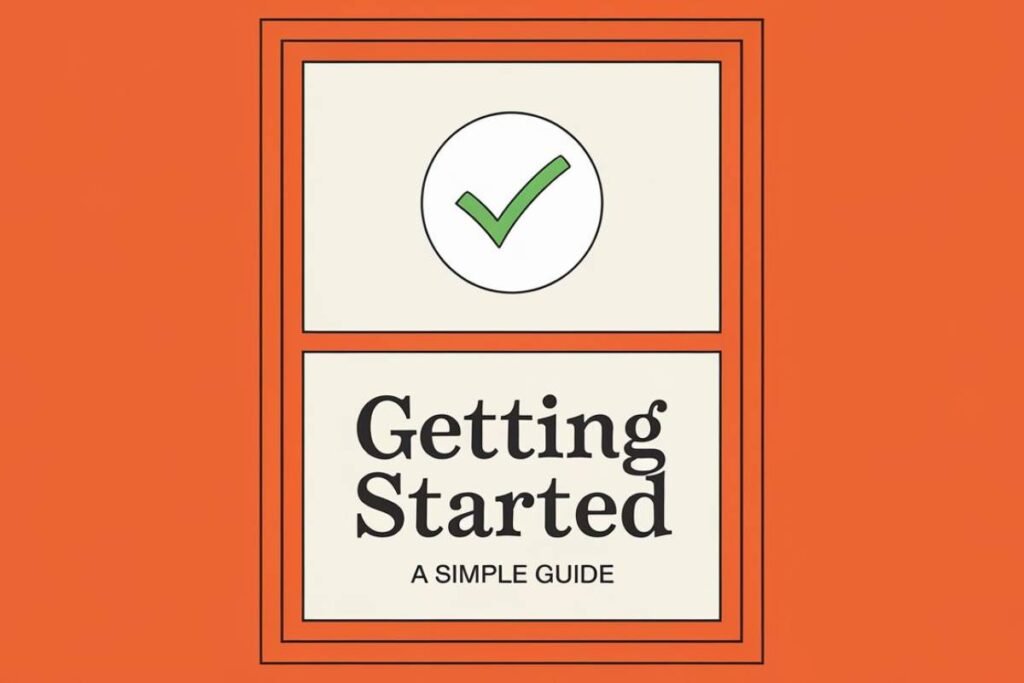
If you’re eager to explore the creative potential of DeviationDreamUp, here’s a quick guide to help you get started:
Step 1: Sign Up
Head over to the official DeviationDreamUp website and sign up for an account. The platform’s user-friendly interface makes it easy to navigate, whether you’re tech-savvy or a beginner.
Step 2: Write Your First Prompt
Craft a detailed description of the image you want to generate. The key to getting the best results is specificity.
For example, instead of saying “a mountain,” you could describe it as “a snow-capped mountain at sunrise with golden light reflecting off its peak.”
Step 3: Generate Your Image
Once you’ve written your prompt, hit the generate button and let DeviationDreamUp’s AI work its magic. In seconds, you’ll see an image based on your description.
Step 4: Refine Your Creation
If the generated image doesn’t match your vision exactly, you can fine-tune it by adjusting parameters like color, style, or adding more details to your prompt.
Step 5: Save and Share
Once you’re satisfied, download your creation in high resolution and share it with your friends, clients, or social media followers!
Crafting Effective Prompts: Tips and Tricks
To get the best out of DeviationDreamUp, follow these tips for crafting powerful prompts:
Be Specific
Vague descriptions lead to vague results. The more detail you provide, the closer the output will match your vision.
Use Descriptive Language
Vivid adjectives, strong nouns, and specific verbs help guide the AI. Instead of “a tree,” try “a towering oak tree with golden leaves swaying in the wind.”
Mention Styles
If you want a particular artistic style, mention it. Whether you prefer surrealism, impressionism, or something modern, incorporating art movements can steer the AI towards your desired aesthetic.
Add Composition Elements
Describe the layout of the image, including the background, focal point, and other structural details.
Experiment and Have Fun
Don’t be afraid to try unusual combinations. Sometimes, the most unexpected pairings result in the most interesting art.
The Impact of DeviationDreamUp Across Industries
Art and Illustration
In the world of traditional art, DeviationDreamUp is both a disruptive tool and a creative partner. It allows illustrators to prototype ideas quickly, explore new styles, and integrate AI-generated elements into their work, leading to hybrid creations that blend human and machine creativity.
Marketing and Advertising
Marketers and advertisers are finding immense value in DeviationDreamUp for rapidly generating visual content for campaigns.
The ability to create tailored visuals on demand allows brands to quickly adapt to trends and shifting audience preferences.
Additionally, the tool speeds up the design process, making it easier to create diverse visual assets for different platforms.
Game Development and Animation
Game designers and animators can also leverage DeviationDreamUp to conceptualize characters, environments, and props at the early stages of development.
This tool enables quick iterations and ideation, helping creative teams visualize and refine concepts without expending significant resources on full production early on.
Film Production
Storyboards and scene visualization are critical in filmmaking. DeviationDreamUp makes it easy for directors and storyboard artists to quickly map out scenes, characters, and environments, streamlining the pre-production process.
Education
Educational institutions are integrating DeviationDreamUp as a tool to teach students about the intersection of technology and creativity.
It serves as an example of how AI is influencing industries beyond STEM, encouraging discussions about digital literacy and future career opportunities in tech-driven creative fields.
Challenges and Ethical Considerations
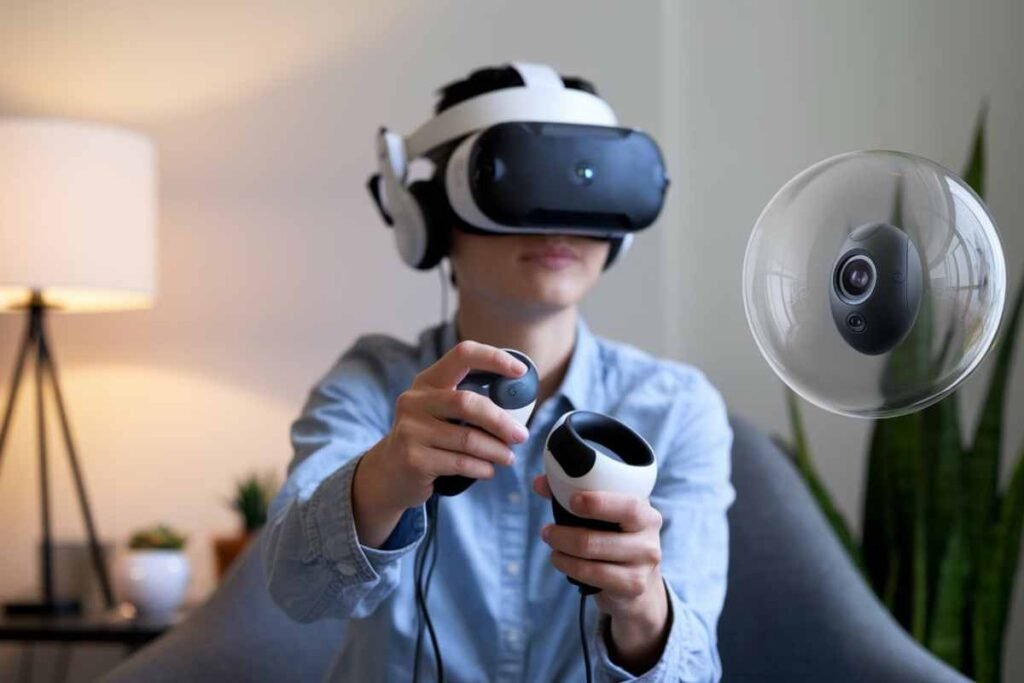
As with any emerging technology, DeviationDreamUp presents challenges and ethical dilemmas:
Copyright and Ownership
Who owns the rights to an AI-generated image? While users provide the prompts, the AI does the heavy lifting.
This raises complex questions about authorship, copyright, and intellectual property in the digital art world.
Authenticity and Artistic Value
Some critics argue that AI-generated art lacks the emotional depth and authenticity of traditional art. As machines increasingly become involved in creative processes, the debate over the value of human-made versus machine-made art continues to grow.
Bias in AI
Like all machine learning models, Deviation DreamUp could inadvertently replicate biases present in its training data.
Ensuring that the platform generates inclusive, unbiased artwork will be a crucial task moving forward.
Job Displacement Concerns
As AI tools like Deviation DreamUp become more common, some worry about potential job displacement in creative fields. However, others see it as a complement to human creativity rather than a replacement.
Conclusion
In conclusion, DeviationDreamUp stands at the forefront of digital creativity, offering an innovative blend of AI and human imagination that opens new possibilities for artists, designers, and creators across various industries.
While it democratizes art by making high-quality visual creation accessible to everyone, it also sparks important conversations about the future of creativity, authorship, and the role of AI in artistic expression.
As the platform evolves, navigating its ethical challenges will be key to ensuring that AI continues to enhance rather than replace human ingenuity in the creative process.
FAQs
What is DeviationDreamUp?
DeviationDreamUp is an AI-powered platform that creates artwork from text prompts, allowing users to generate stunning visuals without needing artistic skills.
How does DeviationDreamUp work?
Users input a detailed text description, and the AI interprets it to generate a unique image using machine learning models, such as Generative Adversarial Networks (GANs).
Who can use DeviationDreamUp?
Anyone can use DeviationDreamUp, from professional artists to beginners looking to explore digital art, as it’s designed for users of all skill levels.
Can I refine the generated image?
Yes, Deviation DreamUp allows users to adjust parameters like style, color, and composition to fine-tune the image.
What industries benefit from DeviationDreamUp?
Industries such as art, marketing, game development, film production, and education leverage DeviationDreamUp to streamline creative processes and generate visual content quickly.
Is AI-generated art copyrighted?
Copyright and ownership of AI-generated art remain complex issues, as users provide the prompts, but the AI creates the images.
Can Deviation DreamUp replace traditional artists?
While some fear job displacement, Deviation DreamUp is seen as a tool that complements human creativity rather than replacing traditional artists.
Are there ethical concerns with DeviationDreamUp?
Yes, challenges include copyright questions, AI bias, authenticity of the art, and potential job displacement in creative fields.
